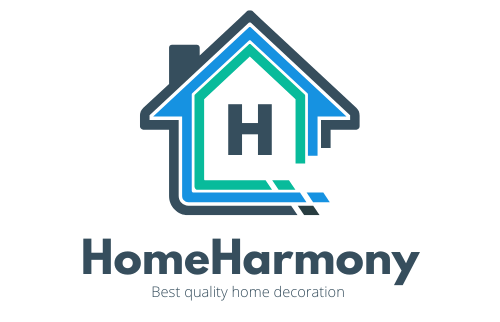AI-Powered Climate Control Systems
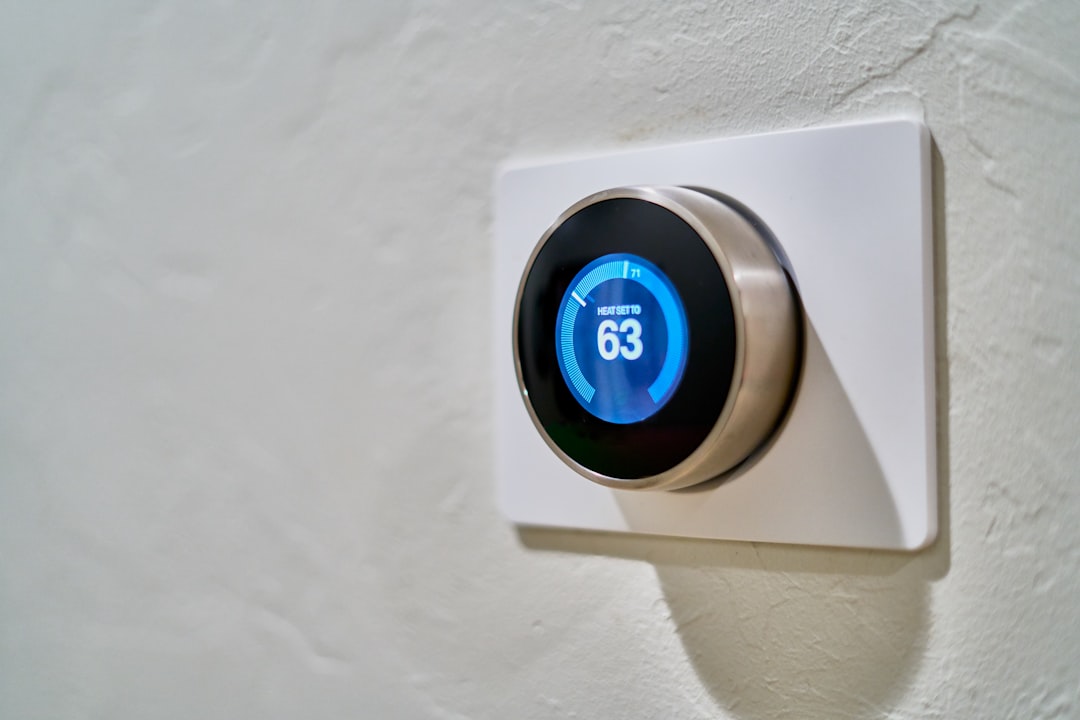
AI-driven climate control systems are transforming how we experience comfort at home. Using sensors and real-time weather data, these technologies automatically adjust heating, cooling, and humidity to suit personal preferences. According to a 2024 report from Statista, over 40% of new homes in developed countries now feature smart thermostats that can cut energy bills by up to 23%. The latest models even learn from your routines, predicting when you’ll be home and optimizing energy use accordingly. Voice assistants like Alexa or Google Home can also be integrated, letting you change settings on the fly. Some systems connect to smartphones, providing remote management and insights into your energy consumption patterns. This blend of automation and personalization is making interiors more efficient and comfortable than ever.
Smart Lighting with Circadian Rhythm Support
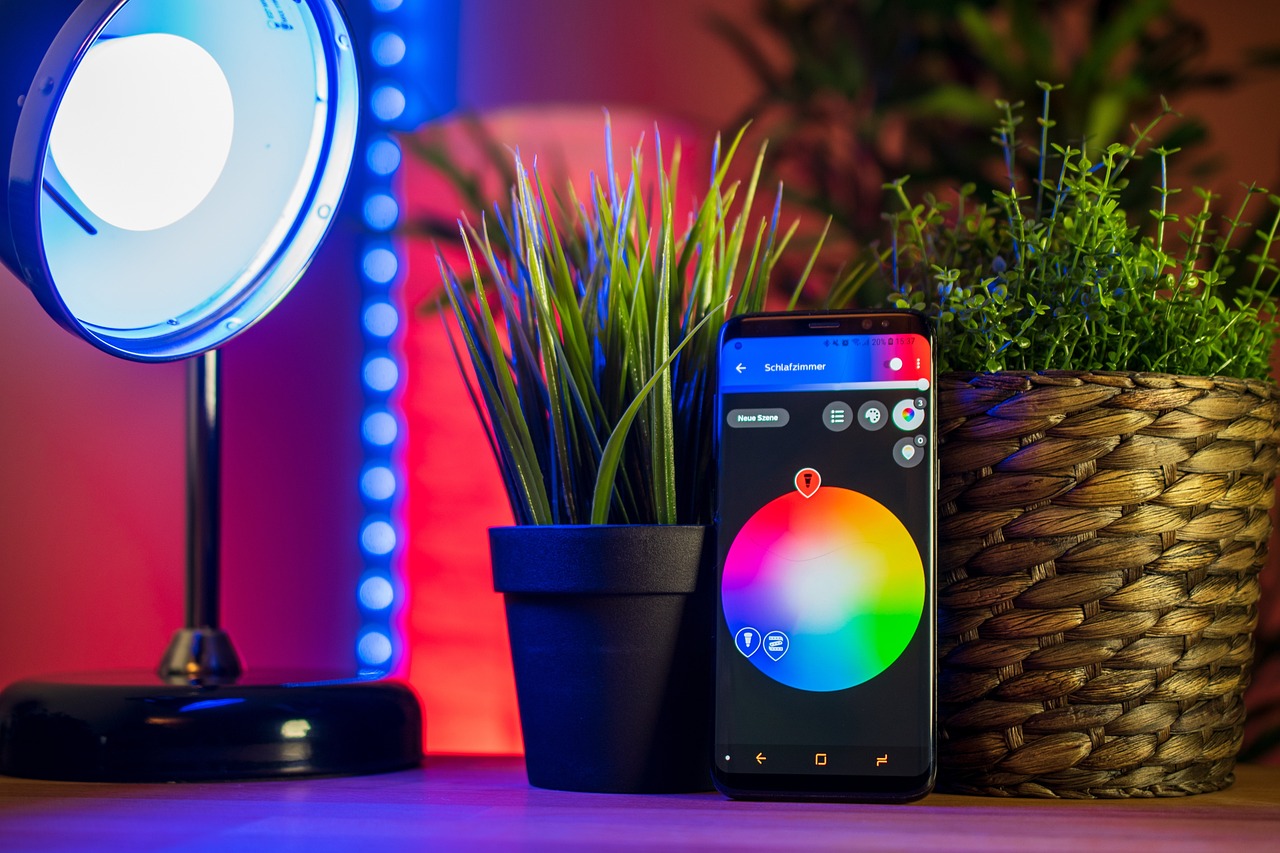
Lighting has gone far beyond the humble lightbulb, with smart systems now designed to mimic natural sunlight and support our circadian rhythms. Research published in 2023 by the Lighting Research Center found that circadian lighting can improve sleep quality and boost daytime alertness by up to 30%. Smart LEDs automatically shift color temperature from cool blue in the morning to warm amber in the evening, syncing with your biological clock. Many brands, including Philips Hue and LIFX, allow users to schedule or automate these changes based on their sleep patterns. App-based control means you can adjust lighting scenes for relaxation, work, or entertainment. By reducing harsh artificial light exposure at night, these systems are helping people feel healthier and more energized in their homes.
Voice-Controlled Home Hubs
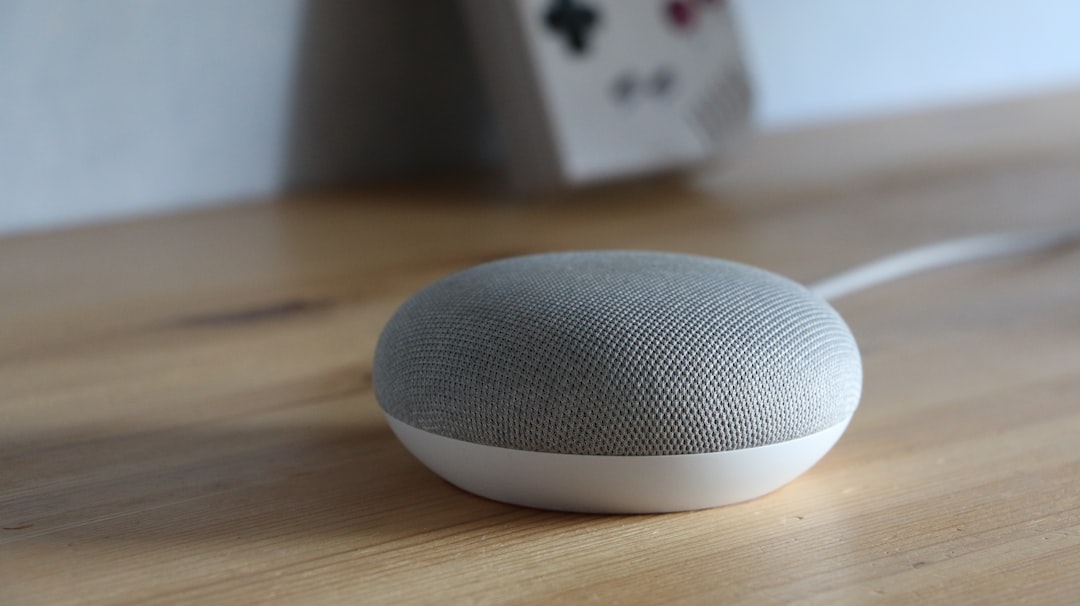
The rise of voice-controlled hubs is making home management hands-free and surprisingly intuitive. According to a 2025 survey by Parks Associates, over 60% of smart home users now rely on devices like Amazon Echo or Google Nest Hub to control everything from lights to security. These devices use advanced natural language processing to understand commands, making smart homes accessible for all ages and abilities. Voice hubs can coordinate multiple devices, setting the scene for movie night, bedtime, or even a dinner party with a simple phrase. Recent updates include multi-room audio, intercom features, and proactive reminders, all based on your personal habits. With improved privacy controls rolled out in 2024, users can now manage what data is stored, making these hubs safer and more trustworthy than ever.
Automated Security and Surveillance Systems
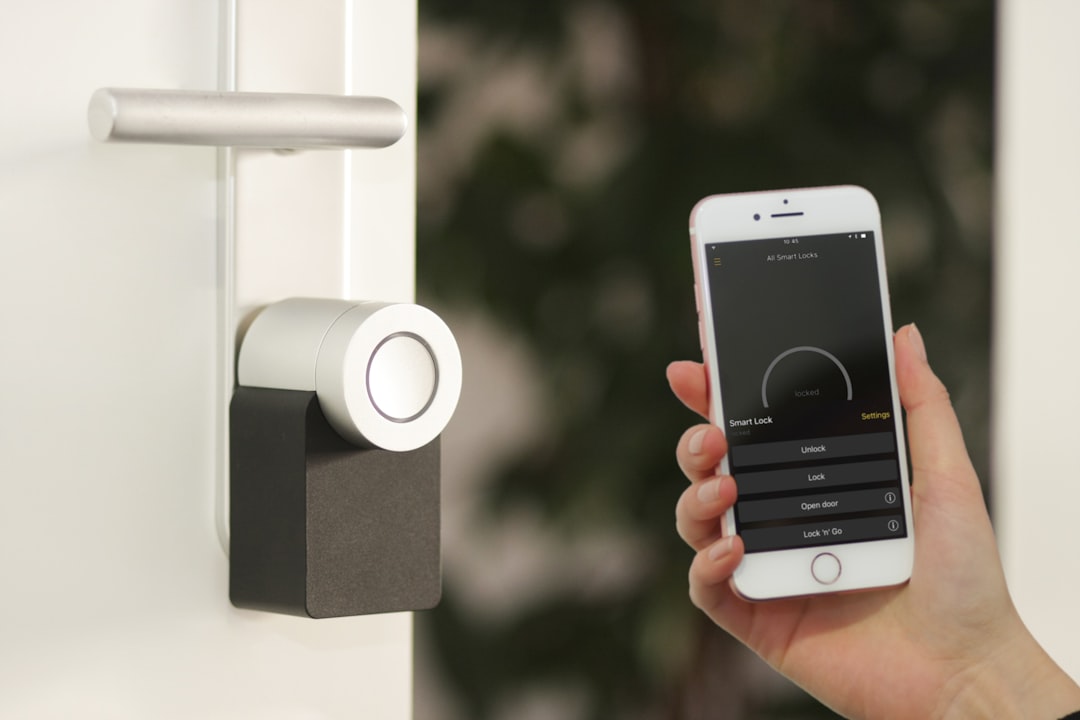
Security has entered a new era with AI-powered cameras, smart locks, and motion sensors providing peace of mind around the clock. According to the latest Consumer Technology Association report, the adoption of smart security systems jumped by 36% between 2023 and 2025. New security cameras use facial recognition to distinguish family members from strangers, sending instant alerts to your phone if something’s amiss. Smart locks can be programmed for temporary access—handy for deliveries or guests—while advanced sensors detect unusual activity and can even trigger alarms or lights. Cloud-connected systems save video footage and allow real-time monitoring from anywhere in the world. These innovations are making homes not just more secure, but smarter about how they protect what matters most.
Furniture with Built-in Smart Features
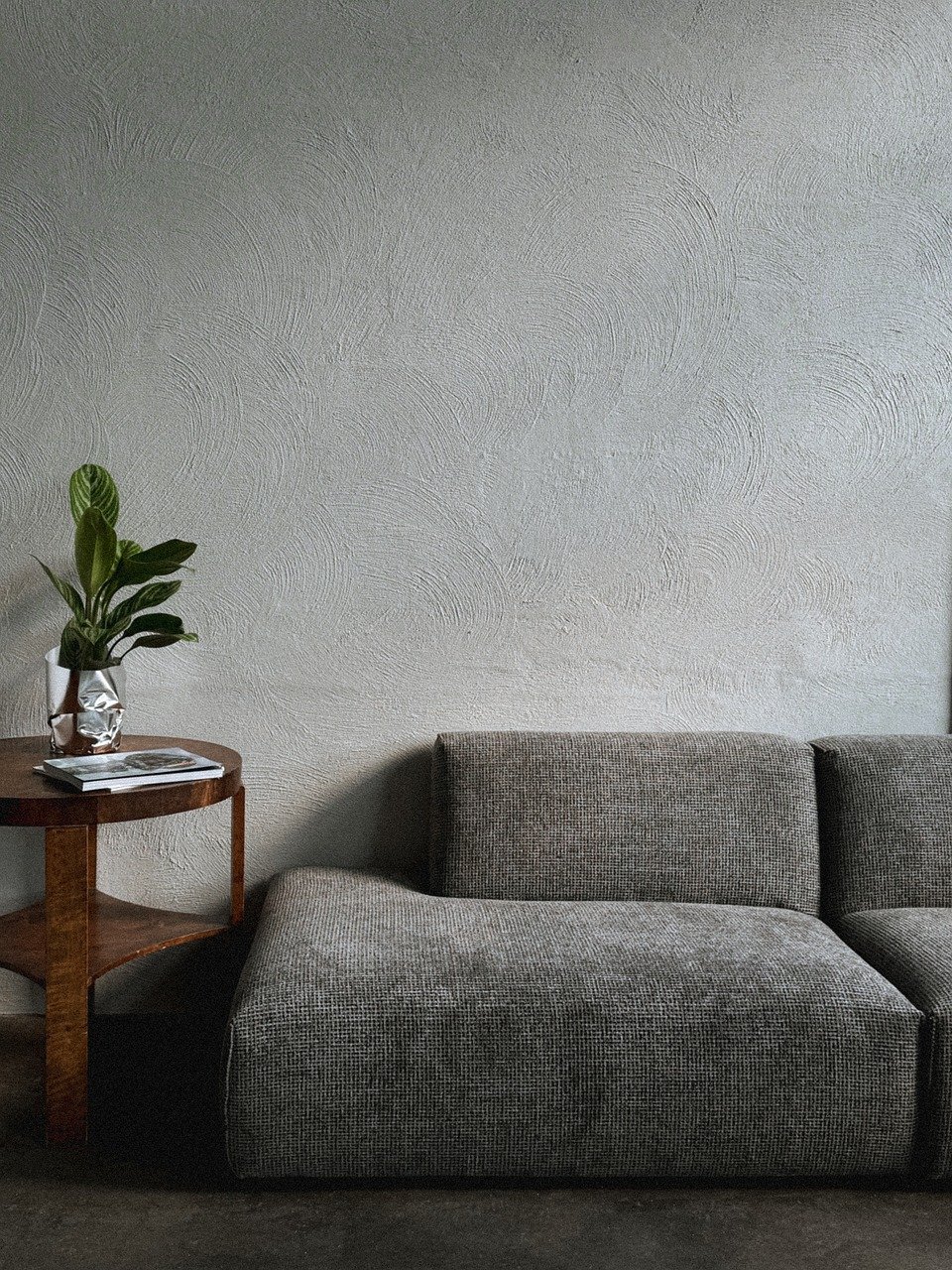
Furniture isn’t just about looks anymore—it’s becoming an integral part of the smart home ecosystem. In 2024, IKEA launched a line of sofas and beds with built-in wireless charging, speakers, and USB ports, reflecting a trend seen in the latest market insights from Grand View Research. Smart desks can now track posture, remind you to take breaks, or even adjust height automatically based on your schedule. Coffee tables double as remote controls for your home theater, while nightstands monitor air quality and offer gentle wake-up lighting. These multi-functional pieces are especially popular in urban apartments, where space is at a premium. By merging technology with everyday objects, the boundary between furniture and gadget is quickly disappearing.
Automated Indoor Gardening Systems
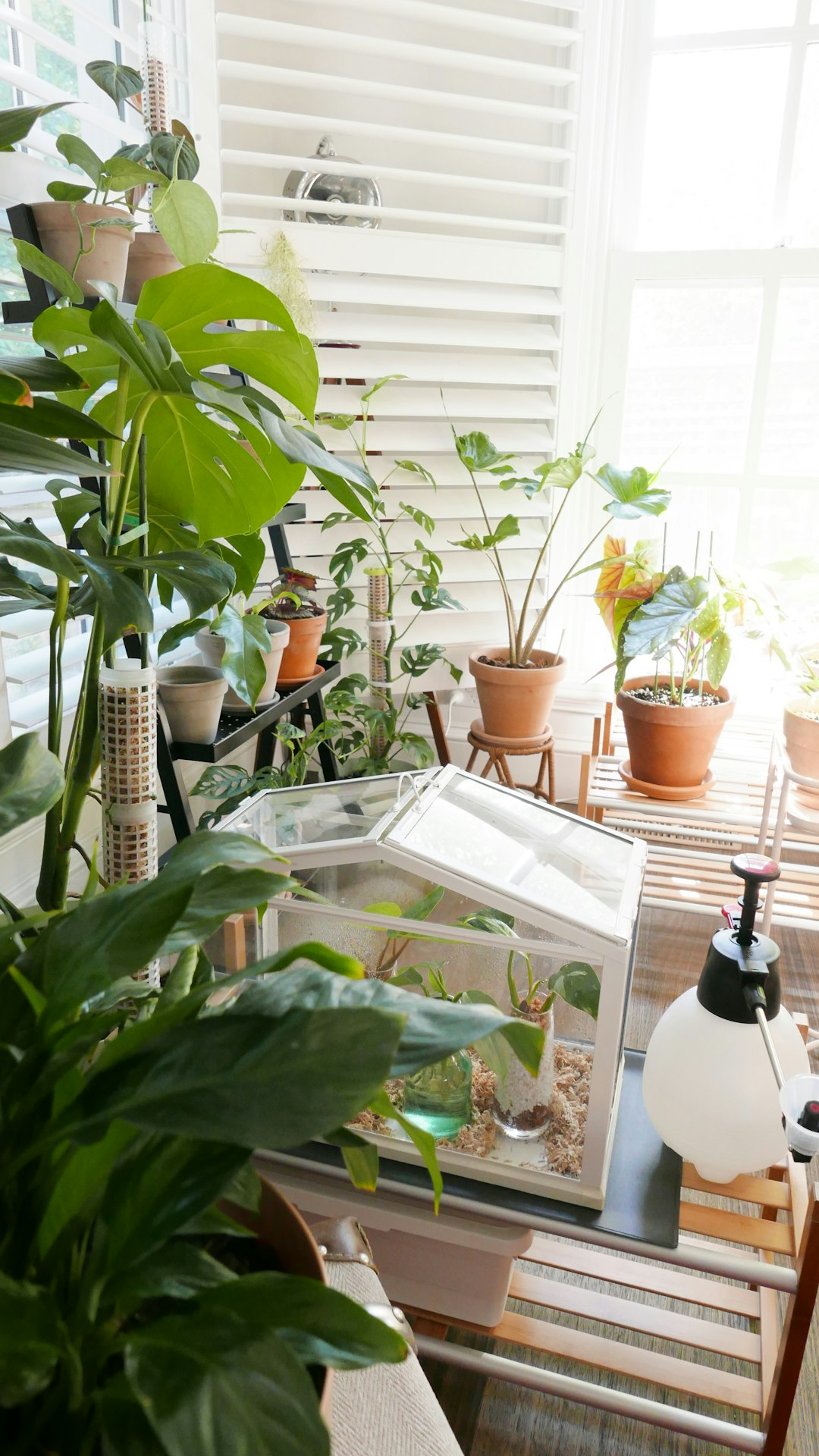
Bringing nature indoors has never been easier thanks to automated gardening systems that handle watering, lighting, and nutrient delivery for you. A 2025 study by the American Society for Horticultural Science highlights that indoor gardens equipped with smart sensors can boost plant health and yield by up to 50% compared to manual care. Companies like Click & Grow and AeroGarden offer compact units that fit seamlessly into kitchens or living rooms, making fresh herbs and vegetables available year-round. Many of these systems connect to apps, sending reminders or adjusting care routines based on plant type and growth stage. Some models even include voice integration for status updates or care tips. This blend of convenience and nature is helping city dwellers reconnect with greenery, no matter their gardening skills.
Augmented Reality for Interior Design
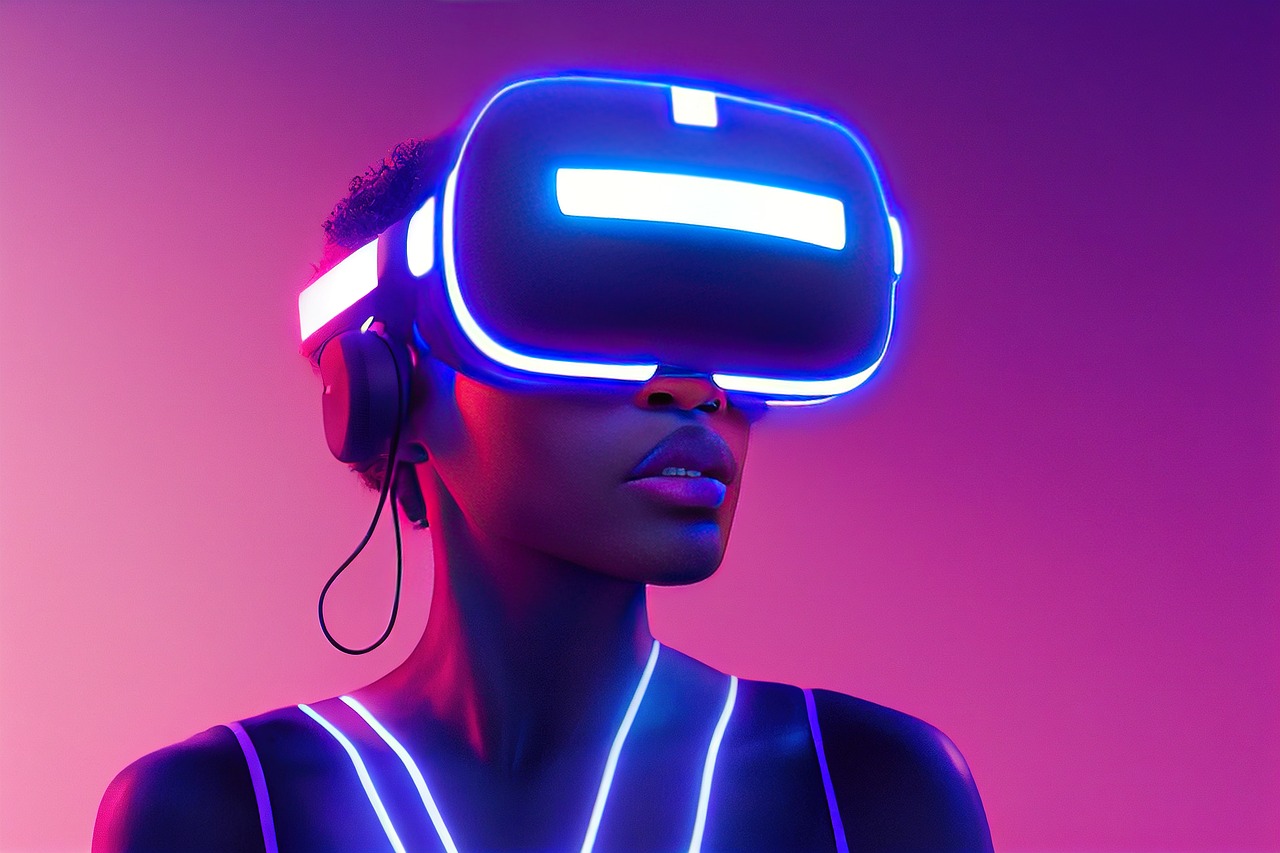
Augmented reality (AR) is changing the way homeowners design and personalize their spaces. According to a 2025 report by Deloitte, 55% of people planning home renovations used AR tools to preview furniture placement or color changes before making purchases. Apps like IKEA Place or Houzz allow you to superimpose virtual furniture or décor in your actual rooms using your smartphone camera. This technology reduces the guesswork and cost of interior design, helping users avoid costly mistakes. Many platforms now offer measurements, material suggestions, and even instant shopping links, streamlining the entire process. As AR becomes more sophisticated, it’s empowering everyone—from homeowners to professional designers—to create spaces that truly reflect their personalities and needs.

Henrieke Otte is an accomplished writer and content editor, specializing in topics that inspire thoughtful living—ranging from global travel and sustainable lifestyles to interior design and architecture. With a keen editorial sense and a background in cultural studies, Henrieke brings depth, elegance, and clarity to every piece she crafts.
Her work is known for its engaging voice, visual sensitivity, and ability to turn complex ideas into accessible, reader-friendly narratives. Whether exploring eco-conscious destinations, dissecting climate-conscious home trends, or curating serene living spaces, Henrieke writes with a balance of creativity and insight that resonates with design-savvy, environmentally aware audiences.
Driven by a love of meaningful storytelling and a refined aesthetic, Henrieke contributes regularly to digital platforms and magazines where quality content meets visual sophistication.
